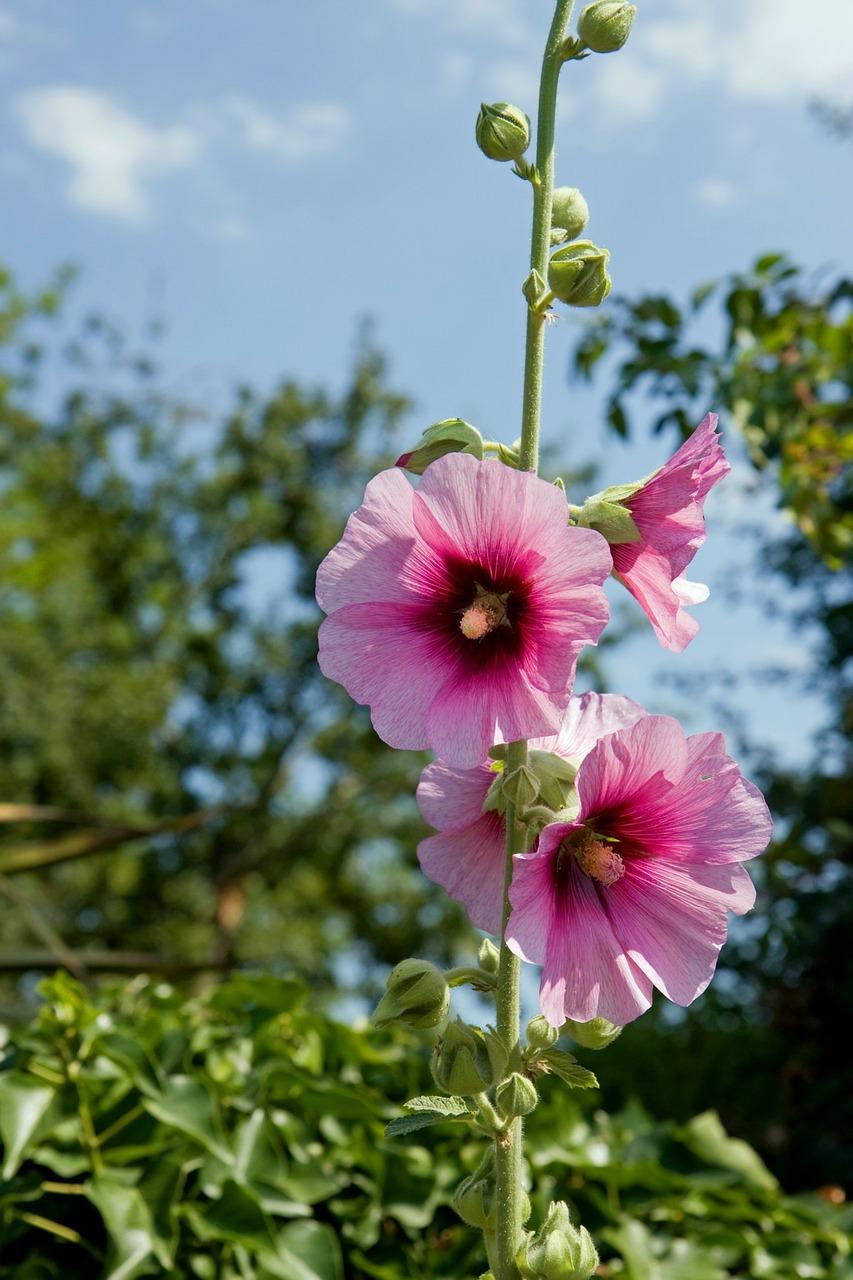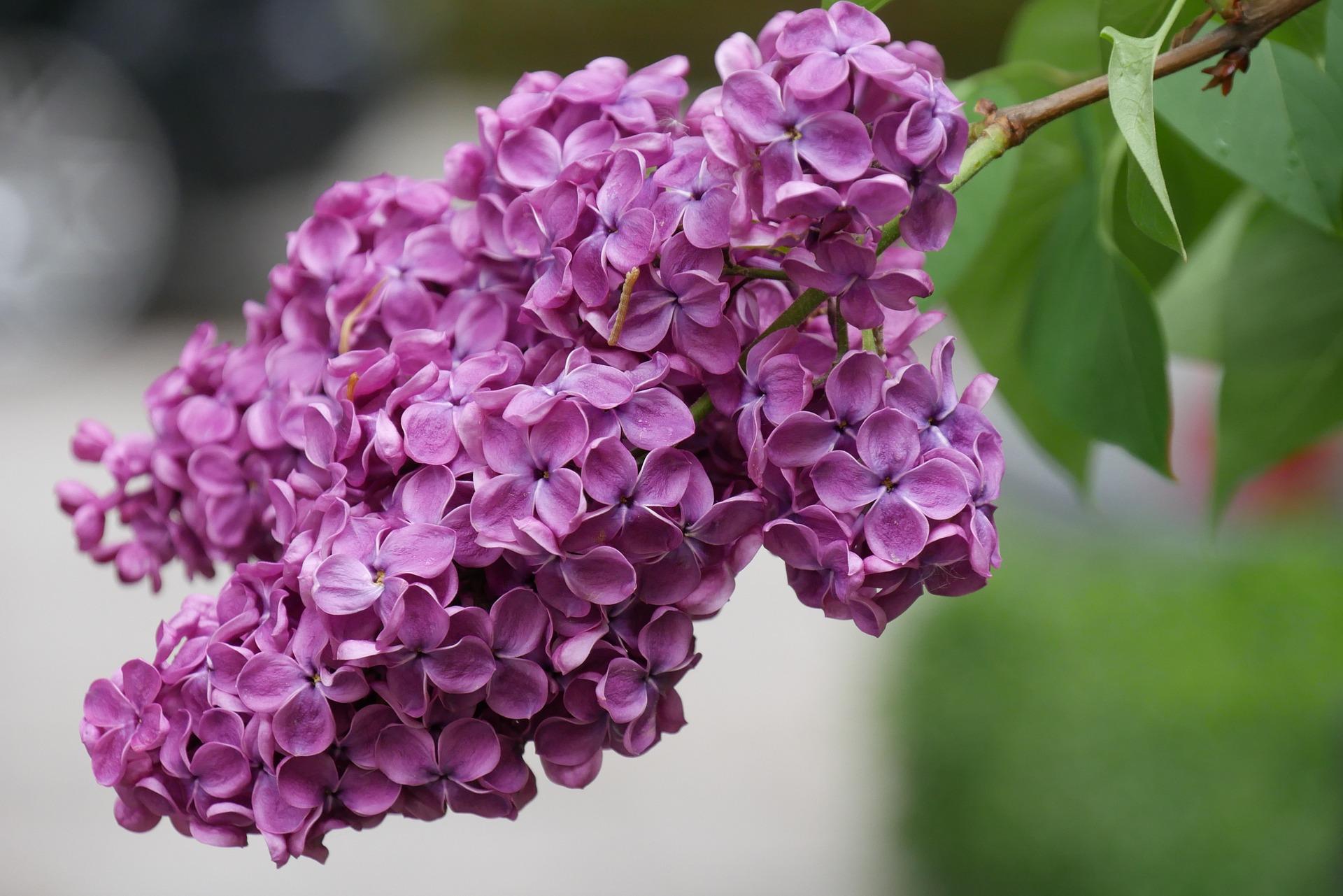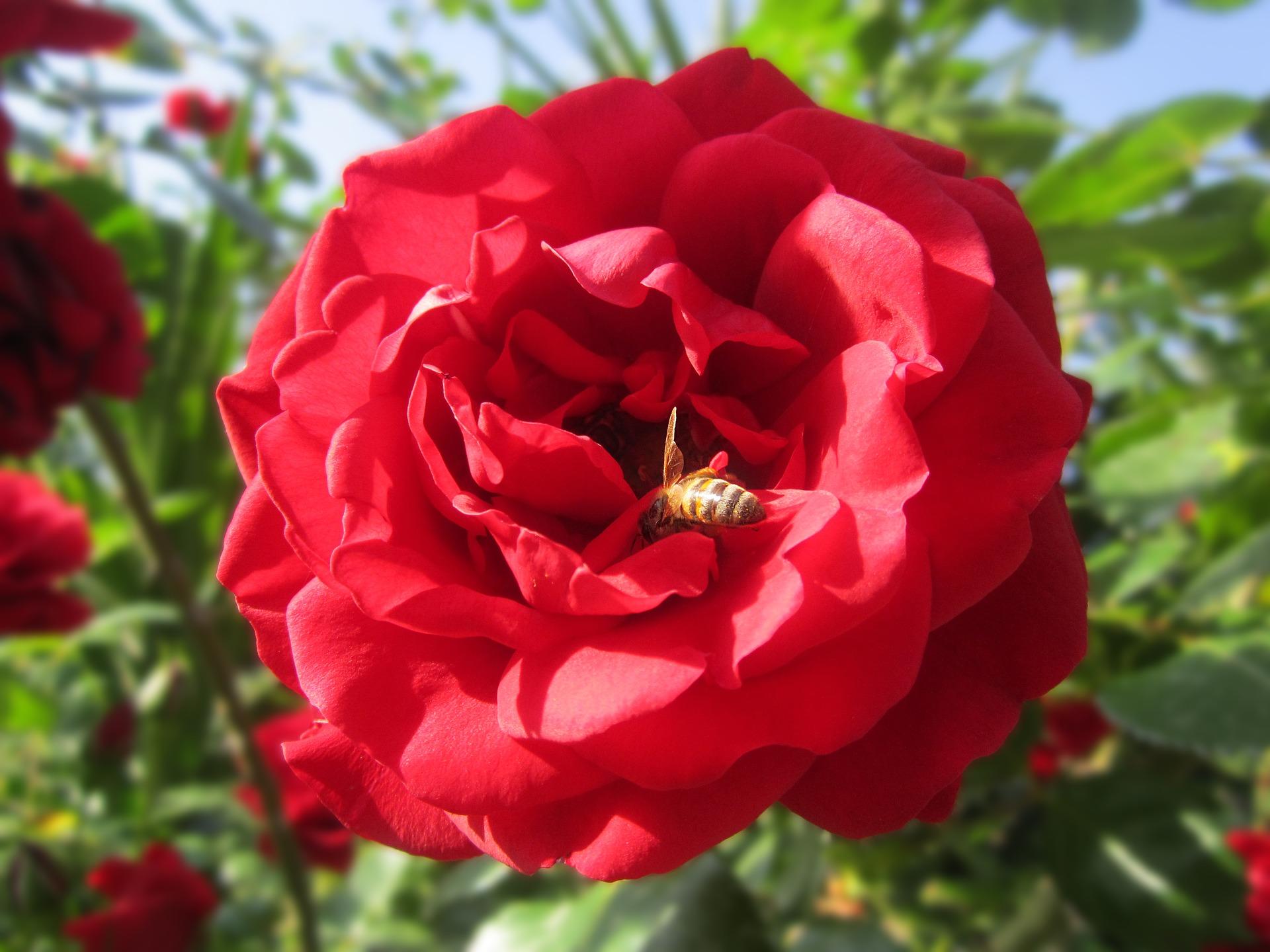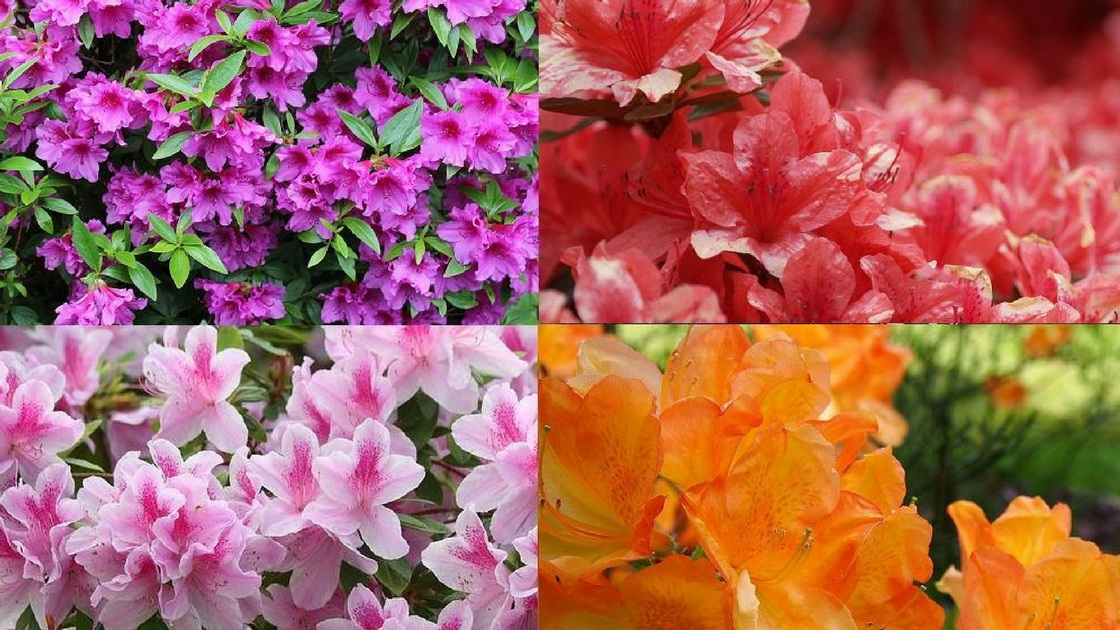Whitemarsh Estates is a neighborhood in Lafayette Hill. You can find this community located on the east side of Spring Mill Road as you travel from Ridge Pike to Cedar Grove Road in Whitemarsh Township. The neighborhood includes single-family detached homes built generally between 1964 and 1969. Most lots are one-quarter acre in size, though some lots are between one-third of an acre to half of an acre in size. Streets in this housing development are named, for the most part, after woodland plants that are common throughout the Freedom Valley.
Azalea Circle is named after the flowering shrub. The top photo shows some of the colors of flowers that can be found on azaleas – from pink and red blooms to orange and purple flowers. These plants are hardy woodland bushes that typically bloom for a couple of weeks in the Spring in this section of Pennsylvania. According to the Veterinary Medicine Department of the University of Pennsylvania, azaleas are considered poisonous plants. Both the leaves and the nectar of the flowers are sources of a toxin that can be lethal, according to the University.

Hollyhock Drive is named after the hollyhock plant. These plants grow best in full sun according to the University of Illinois Extension Service. They can grow in height from two to six feet. Blooms come in a variety of colors, according to the University, including pink, purple, red, white, and yellow.

Lilac Lane is named after the lilac plant. The English language name is generally considered more acceptable for this Spring-blooming flowering bush as compared to its Latin name “Syringa vulgaris”. In Latin, “vulgaris” means “common”. According to the University of Nebraska – Lincoln (and many others), lilacs have sweetly scented flowers; the University indicates that this shrub can grow up to 20 feet in height.

Red Rambler Drive is named after the red rambler rose bush. The photo above shows the deep red color of this particular plant.

Wisteria Lane is named after the wisteria plant. The Mississippi State University Extension Service describes the climbing vine that can grow quite high by using twining stems; the University recommends that the wisteria be planted in landscapes exposed to full sun. The University of the District of Columbia reports that two varieties, among the most common varieties in the Freedom Valley, of the wisteria are ecological threats to the environment. Native to China and Japan, the University indicates that the wisteria causes the death of trees that serve as hosts to the woody vines.
The final street that is part of Whitemarsh Estates is Spring Mill Road. In Part Two, we’ll detail aspects of the history of the community recognized in the name of this roadway.
Do you have questions about local history? A street name? A building?
Your questions may be used in a future news article.
Contact Richard McDonough at freedomvalleychronicles@gmail.com.
© 2018 Richard McDonough

